Making his first appearance in a 1942 MGM Tom and Jerry cartoon titled “Dog Trouble” Spike the Bulldog has traveled across multiple business and marketing platforms throughout the years. This all begins with a simple how to draw book published in the 1940s.
Spike’s most famous pose comes from a book titled, “Animation: Learn How to Draw Animated Cartoons” The picture below is from the second edition of the book. Blair did not create the character but he used Spike and several other Characters he had animated while working at MGM and Disney Studios to explain the finer points of animation.
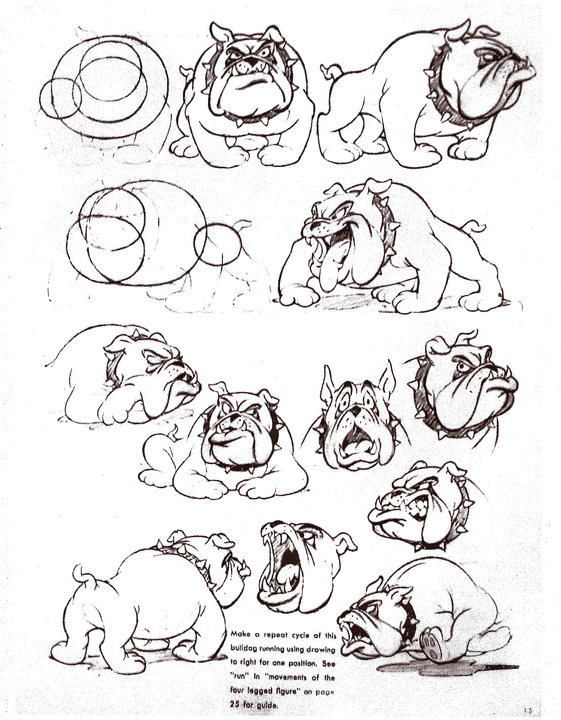
After publication of the first edition of Preston Blair’s book, “Animation” the rights to use some of these characters were revoked and Blair was forced to go back and change his illustrations to make the characters “generic” and legal to use. Pictured is below are the original, “Spike the Bull Dog” drawings included in the first edition of Blair’s book .
↓ Read the rest of this entry…
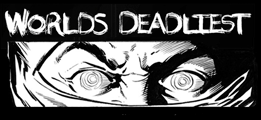


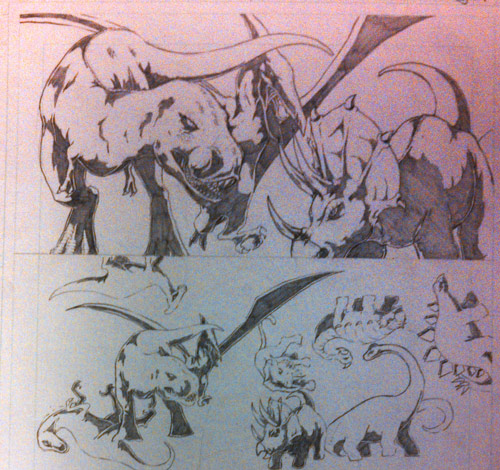
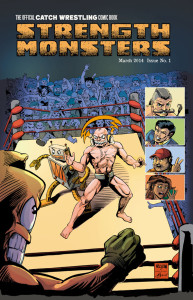
 Scholars of Norse mythology determined that February 22 of this year was supposed to be the date of Ragnarok, the Vikings’ (frankly pretty awesome) version of the apocalypse.
Scholars of Norse mythology determined that February 22 of this year was supposed to be the date of Ragnarok, the Vikings’ (frankly pretty awesome) version of the apocalypse.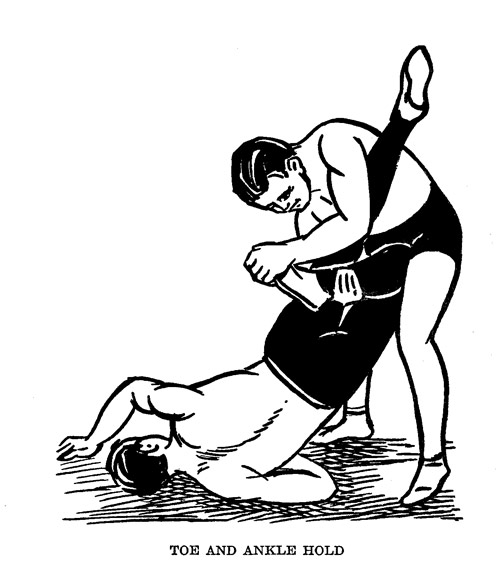
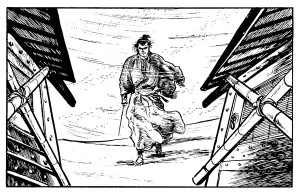 Lone Wolf And Cub is a Samurai epic considered by many as not only one of the greatest martial arts stories of all time, but also one of the greatest achievements in comic
Lone Wolf And Cub is a Samurai epic considered by many as not only one of the greatest martial arts stories of all time, but also one of the greatest achievements in comic 
